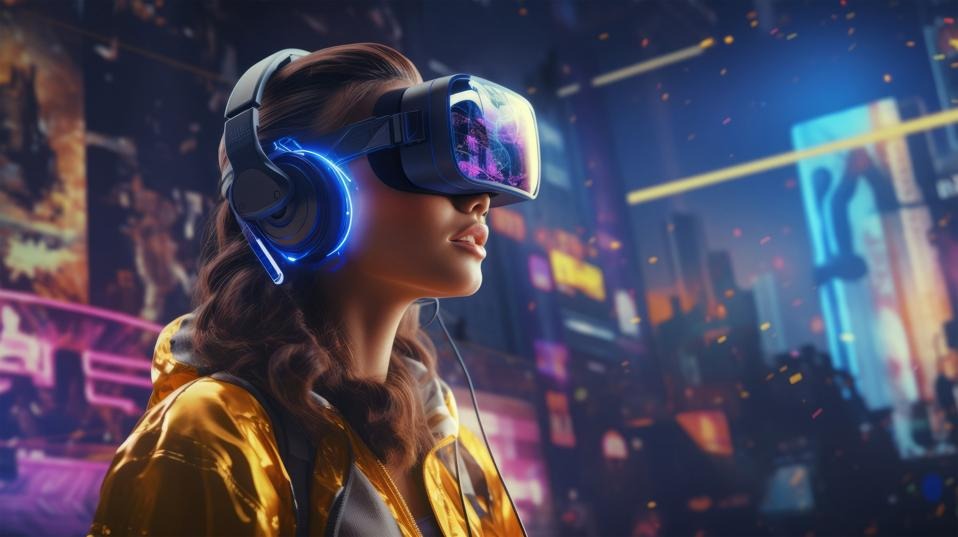Virtual Reality (VR) gaming represents a transformative frontier in the gaming industry, offering players immersive experiences that blur the lines between the digital and physical worlds. As technology continues to advance, VR gaming is poised to revolutionize how we play and interact with virtual environments. In this article, we’ll explore the current state of VR gaming, its immersive potential, and the future trends shaping the industry.
The Evolution of VR Gaming: From Concept to Reality
VR gaming has come a long way since its conceptualization, with advancements in hardware, software, and content driving its growth and adoption. Early VR headsets, such as the Oculus Rift and HTC Vive, provided players with their first taste of immersive virtual worlds, enabling them to explore, interact, and experience games in ways never before possible.
As technology has improved, VR gaming experiences have become increasingly realistic and engaging, thanks to higher resolutions, faster refresh rates, and more responsive tracking systems. The introduction of standalone VR headsets, like the Oculus Quest, has further democratized access to VR gaming by eliminating the need for expensive gaming PCs or consoles.
Immersive Experiences in VR Gaming: Presence and Interactivity
One of the defining features of VR gaming is its ability to create a sense of presence, transporting players to virtual worlds where they feel as though they are truly “inside” the game. This feeling of immersion is achieved through realistic graphics, spatial audio, and intuitive motion controls, which enable players to interact with their surroundings in natural and intuitive ways.
In addition to presence, interactivity is another hallmark of VR gaming, allowing players to manipulate objects, solve puzzles, and engage in dynamic gameplay mechanics using their hands and body movements. Whether swinging a virtual sword, crafting intricate structures, or traversing treacherous landscapes, VR gaming offers a level of immersion and agency that traditional gaming experiences cannot match.
Future Trends in VR Gaming: Social VR, Accessibility, and Beyond
Looking ahead, several trends are poised to shape the future of VR gaming and expand its reach to new audiences. Social VR experiences, which enable players to connect and interact with friends and strangers in virtual environments, are gaining traction as developers explore the potential for multiplayer gaming and socialization in VR.
Accessibility is another area of focus for the future of VR gaming, with efforts underway to make VR technology more affordable, comfortable, and inclusive. Improvements in ergonomics, comfort, and ease of use will help lower barriers to entry and attract a broader demographic of players, including those with disabilities or limited gaming experience.
Conclusion: The Future of Gaming is Virtual
In conclusion, VR gaming represents a groundbreaking evolution in the gaming industry, offering immersive experiences that transport players to virtual worlds limited only by their imagination. With advancements in technology, accessibility, and content, VR gaming is poised to become increasingly mainstream, shaping the future of gaming and entertainment for years to come. As developers continue to push the boundaries of what’s possible in VR, the possibilities for immersive gameplay experiences are endless, promising a future where the line between reality and virtuality becomes increasingly blurred.
